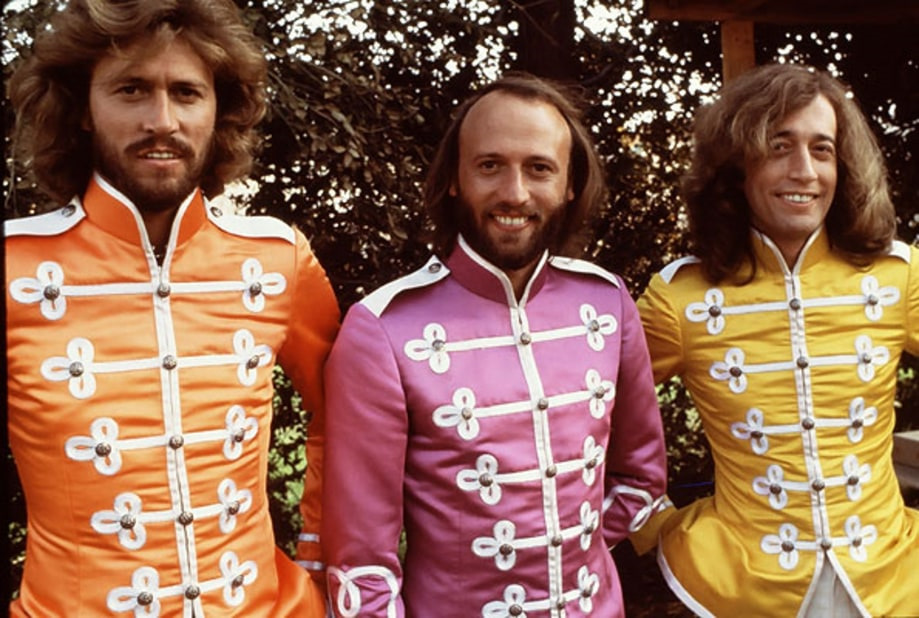
The Sound of Renewal: A Gentle Revolution in the Bee Gees’ Musical Evolution
When “Wind of Change” drifted into the world in 1975 as the opening track of the Bee Gees’ album Main Course, it signaled far more than just a new chapter—it heralded a rebirth. Released during a period of creative and commercial uncertainty, this record climbed the charts with an energy that redefined the group’s trajectory, reaching No. 14 on the Billboard 200 and restoring the Gibbs to pop prominence after a string of quieter years. Produced by Arif Mardin, Main Course became a bridge between the Bee Gees’ earlier baroque pop sound and their later dominance of the dance floor. At its front stood “Wind of Change,” not as a chart-topping single but as a prophetic statement—a musical overture that announced transformation in both spirit and sound.
The song’s title alone captures its essence: transition, motion, and renewal. After several albums steeped in melancholic introspection, “Wind of Change” ushered in a vibrant confidence. The Gibbs had relocated to Miami, and the subtropical air seemed to sweep through their music—lightening their harmonies, infusing funk into their arrangements, and coaxing them toward a rhythmic vitality that would soon evolve into disco brilliance. With Mardin at the helm, they embraced modern production techniques, incorporating synthesizers and punchier basslines while retaining their signature melodic complexity. “Wind of Change” stands as that crucial moment when the Bee Gees rediscovered movement—the sound of wings unfurling after a long stillness.
Lyrically, “Wind of Change” is less about meteorological phenomena than about emotional liberation. It’s a hymn to self-renewal, to turning one’s face toward possibility after seasons of doubt. Barry Gibb’s lead vocal carries a sense of anticipation tempered with reflection; he sings not from naïve optimism but from wisdom earned through pain. Beneath his delivery, Robin and Maurice weave harmonies that shimmer like sunlight through shifting clouds—voices both yearning and resolute. Together, they articulate the universal human instinct to evolve without losing one’s essence. In that sense, “Wind of Change” is not just autobiographical for the Bee Gees; it is existential—a metaphor for every artist or soul confronting transformation.
Musically, its architecture foreshadows what would soon define their late‑’70s glory: rhythmic sophistication intertwined with emotional immediacy. The groove hints at R&B influences while maintaining pop clarity. Each instrumental layer breathes—guitar riffs punctuate rather than dominate, keyboards ripple with understated elegance, and percussion propels rather than overwhelms. One can almost sense Mardin’s jazz sensibility guiding the arrangement toward balance and finesse.
Culturally, “Wind of Change” occupies an understated but pivotal place in the Bee Gees’ story. Without it—and without Main Course—there might never have been a “Jive Talkin’” or a “Stayin’ Alive.” The song captures that exact moment when past meets future: the British balladeers of heartbreak stepping gracefully into an era defined by rhythm and reinvention. It whispers of courage rather than shouts of conquest—a fitting prelude to one of pop music’s most remarkable transformations.